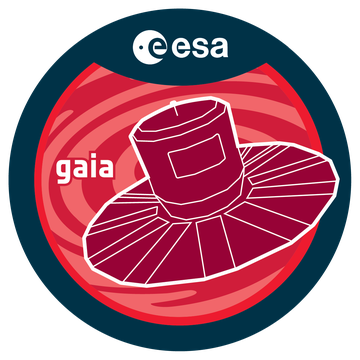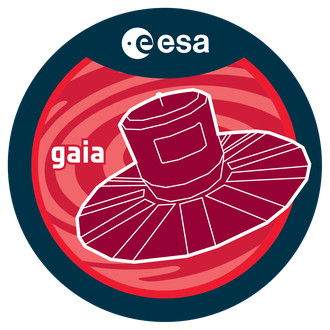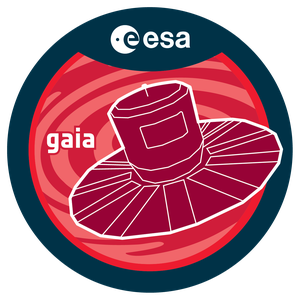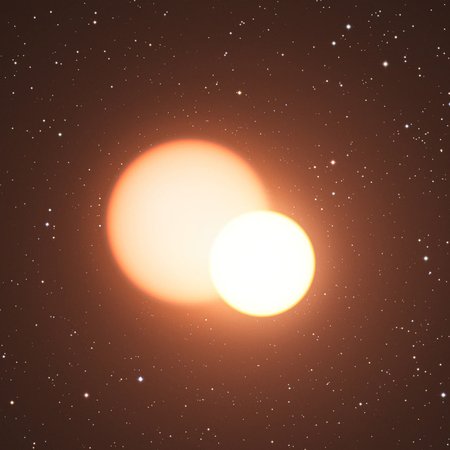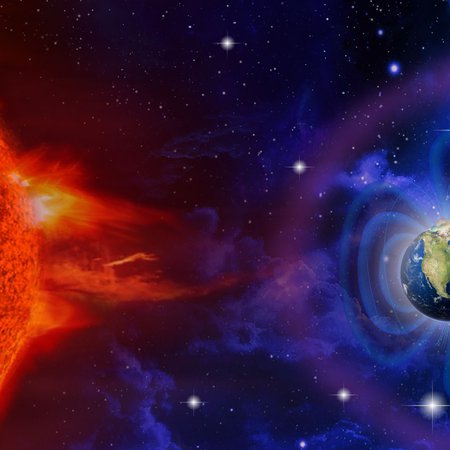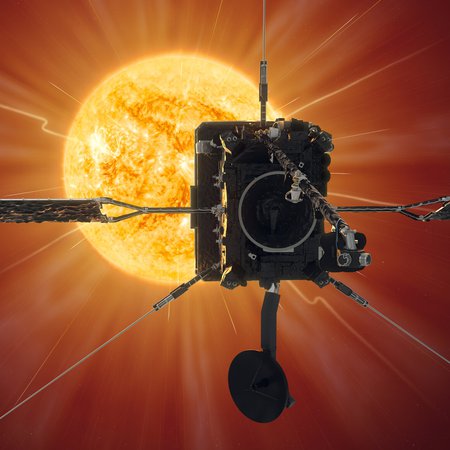Gaia Data Release 3 event on 13 June 2022
The European Space Agency's (ESA) Gaia space observatory will release its third data catalogue on 13 June 2022. Apart from the largest and most accurate astrometric and photometric survey to date, the Gaia Data Release 3 (Gaia DR3) contains the largest collection of astrophysical data to date for 1.8 billion stars in the Milky Way, as well as solar system objects and extragalactic sources.
On 13 June 2022, the third Gaia catalogue will be presented in parallel live streams from all over Europe: Gaia DR3 national events are offered in various languages from Belgium, Brazil, Croatia, Finland, France, Germany, Hungary, Italy, Poland, Slovenia, Spain, Switzerland and the United Kingdom.
In Germany, there are four institutions contributing to the Gaia catalogues: the Leibniz Institute for Astrophysics Potsdam (AIP), the Lohrmann Observatory at the Technical University of Dresden, the Max Planck Institute for Astronomy in Heidelberg, and the Astronomisches Rechen-Institut of Heidelberg University. They invite the interested public and journalists to a hybrid German Gaia DR3 opening event at the Haus der Astronomie in Heidelberg.
The German event will start at 11:00, after the central ESA/Gaia/DPAC press briefing stream on ESA WebTV at 10:00 in English. At 12:00 the data will become available to the public through the Gaia Archive and the Gaia partner data centres.
ESA/Gaia/DPAC press briefing in English
10:00 CEST – 11:00 CEST
Livestream on ESA Web TV
Gaia DR3 release event in German
11:00 CEST – 12:00 CEST
Organized by AIP Potsdam, TU Dresden, MPIA Heidelberg, ARI Heidelberg
In-person (after registration only) @ Haus der Astronomie in Heidelberg
Livestream (open to all)
Preliminary programme
11:00
- Welcome
- The Gaia mission (Stefan Jordan)
- Blue Photometer/Red Photometer spectra and stellar parameters (René Andrae)
- Radial velocities and Radial Velocity Spectrograph spectra (Katja Weingrill)
- Chemistry of the Milky Way (Stefan Jordan)
- Gaia's quasars (Enrico Gerlach / Sergei Klioner)
- Asteroid astronomy (Sergei Klioner)
- Gaia's asteroids (Stefan Jordan)
12:00
- Opening of the Gaia archive
The European Space Agency's (ESA) Gaia space observatory will release its third data catalogue on 13 June 2022. Apart from the largest and most accurate astrometric and photometric survey to date, the Gaia Data Release 3 (Gaia DR3) contains the largest collection of astrophysical data to date for 1.8 billion stars in the Milky Way, as well as solar system objects and extragalactic sources.
On 13 June 2022, the third Gaia catalogue will be presented in parallel live streams from all over Europe: Gaia DR3 national events are offered in various languages from Belgium, Brazil, Croatia, Finland, France, Germany, Hungary, Italy, Poland, Slovenia, Spain, Switzerland and the United Kingdom.
In Germany, there are four institutions contributing to the Gaia catalogues: the Leibniz Institute for Astrophysics Potsdam (AIP), the Lohrmann Observatory at the Technical University of Dresden, the Max Planck Institute for Astronomy in Heidelberg, and the Astronomisches Rechen-Institut of Heidelberg University. They invite the interested public and journalists to a hybrid German Gaia DR3 opening event at the Haus der Astronomie in Heidelberg.
The German event will start at 11:00, after the central ESA/Gaia/DPAC press briefing stream on ESA WebTV at 10:00 in English. At 12:00 the data will become available to the public through the Gaia Archive and the Gaia partner data centres.
ESA/Gaia/DPAC press briefing in English
10:00 CEST – 11:00 CEST
Livestream on ESA Web TV
Gaia DR3 release event in German
11:00 CEST – 12:00 CEST
Organized by AIP Potsdam, TU Dresden, MPIA Heidelberg, ARI Heidelberg
In-person (after registration only) @ Haus der Astronomie in Heidelberg
Livestream (open to all)
Preliminary programme
11:00
- Welcome
- The Gaia mission (Stefan Jordan)
- Blue Photometer/Red Photometer spectra and stellar parameters (René Andrae)
- Radial velocities and Radial Velocity Spectrograph spectra (Katja Weingrill)
- Chemistry of the Milky Way (Stefan Jordan)
- Gaia's quasars (Enrico Gerlach / Sergei Klioner)
- Asteroid astronomy (Sergei Klioner)
- Gaia's asteroids (Stefan Jordan)
12:00
- Opening of the Gaia archive
Images
Big screen size [1000 x 1000, 330 KB]
Original size [1241 x 1241, 150 KB]
